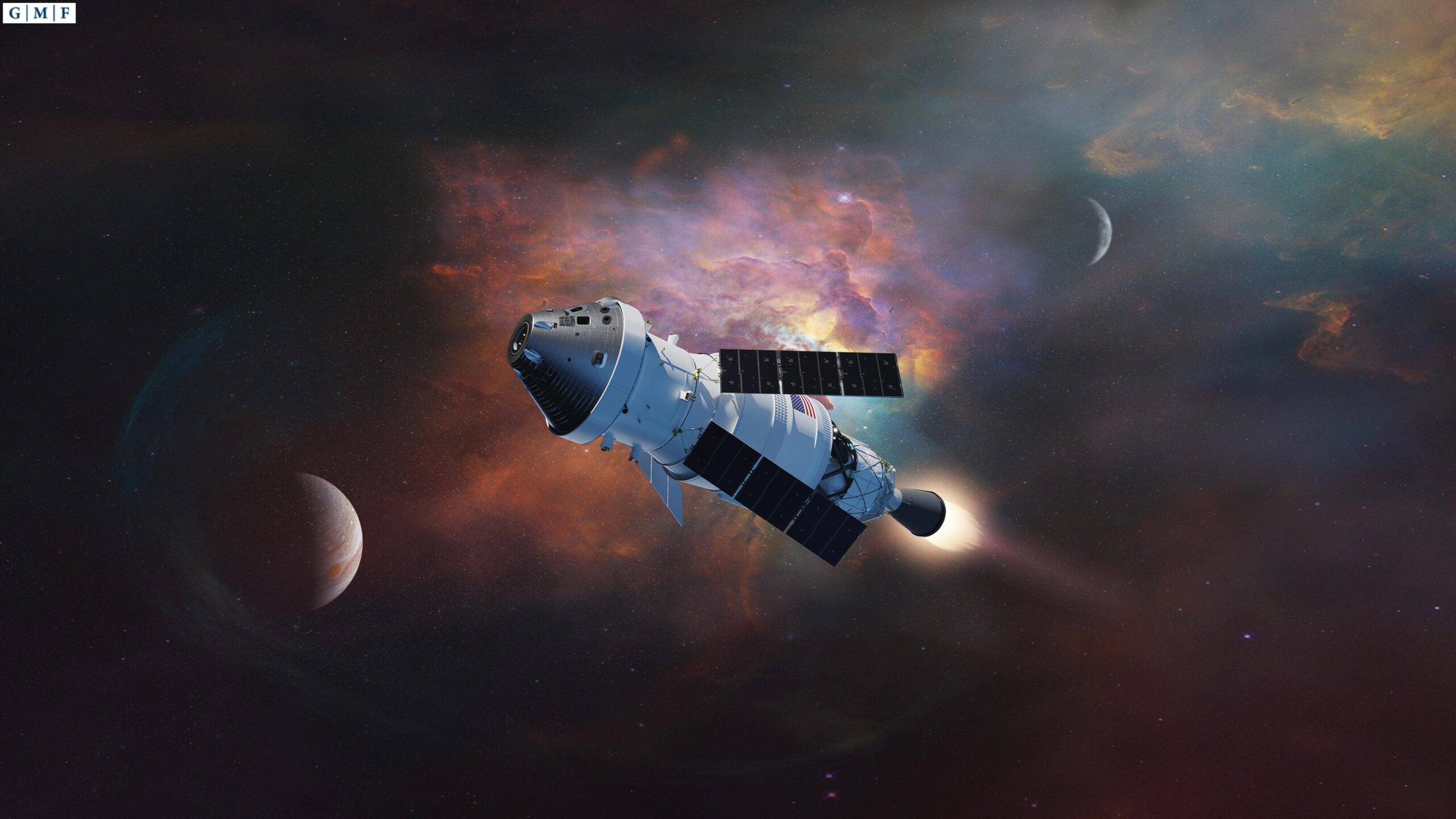Government ambitions in space are approaching what some may still think of as science fiction. In August 2025, NASA set a 2030 target for construction of a lunar nuclear reactor to support the US-led and EU-supported Artemis program’s plan for a permanent moon base. While this target faces significant technical and financial challenges, it reflects a real sprint to outcompete autocratic rivals. China and Russia are coordinating on a similar “International Lunar Research Station” powered by a nuclear reactor for completion in the mid-2030s.
Emerging technologies are key drivers of this new space race. Analysts with experience at the European Space Agency, NASA, MIT, and in the private space sector argue that these technologies could make a cislunar economy—economic activity spanning Earth, the Moon, and the space between—feasible by mid-century, though experts debate when key capabilities will mature. Key technologies include:
- artificial intelligence (AI), which could facilitate autonomous in-space servicing and assembly (ISAM), enabling individually-launched modular components to self-assemble into mega-structures such as next-generation telescopes and orbital refueling stations. Even factories could be built this way, leveraging microgravity and space extremes to produce items impossible to make on earth, with applications in fiber optics, semiconductors, and novel materials. The first pieces of this world are already here: US-based Varda Space Industries uses microgravity for biopharmaceutical drug development.
- quantum technologies, which could safeguard military and commercial data in space using a network of quantum-encrypted satellites. Space-based atomic clocks developed by the European Space Agency could synchronize these systems and allow greater autonomous navigation in deep space. Emerging quantum sensors measure tiny gravitational fluctuations to identify more-and-less dense materials below the Earth’s surface, enabling satellites to map aquifers and critical mineral deposits. The same measurements could identify high-value sites for mining on the Moon.
- biotechnologies, which could be key to sustaining long-term human activity in cislunar space. Researchers are engineering lightweight, self-healing composites made from fungi to serve as radiation shields for space stations and Moon bases. Near-future synthetic biology applications could reduce the need to resupply space habitats through the use of bioregenerative life support systems that generate oxygen and food.
The United States and the EU already support these industries; the EU’s draft Space Act and the Trump administration’s August executive order on commercial space development each signal backing for the industry. Yet, staying ahead of China demands more. Allies should leverage complementary strengths by investing in each other’s commercial space sectors and reducing barriers to integrating advanced capabilities. These steps will not suffice by themselves, but they would materially boost competitiveness—positioning the United States and the EU to outpace China and unlock the cislunar economy.
